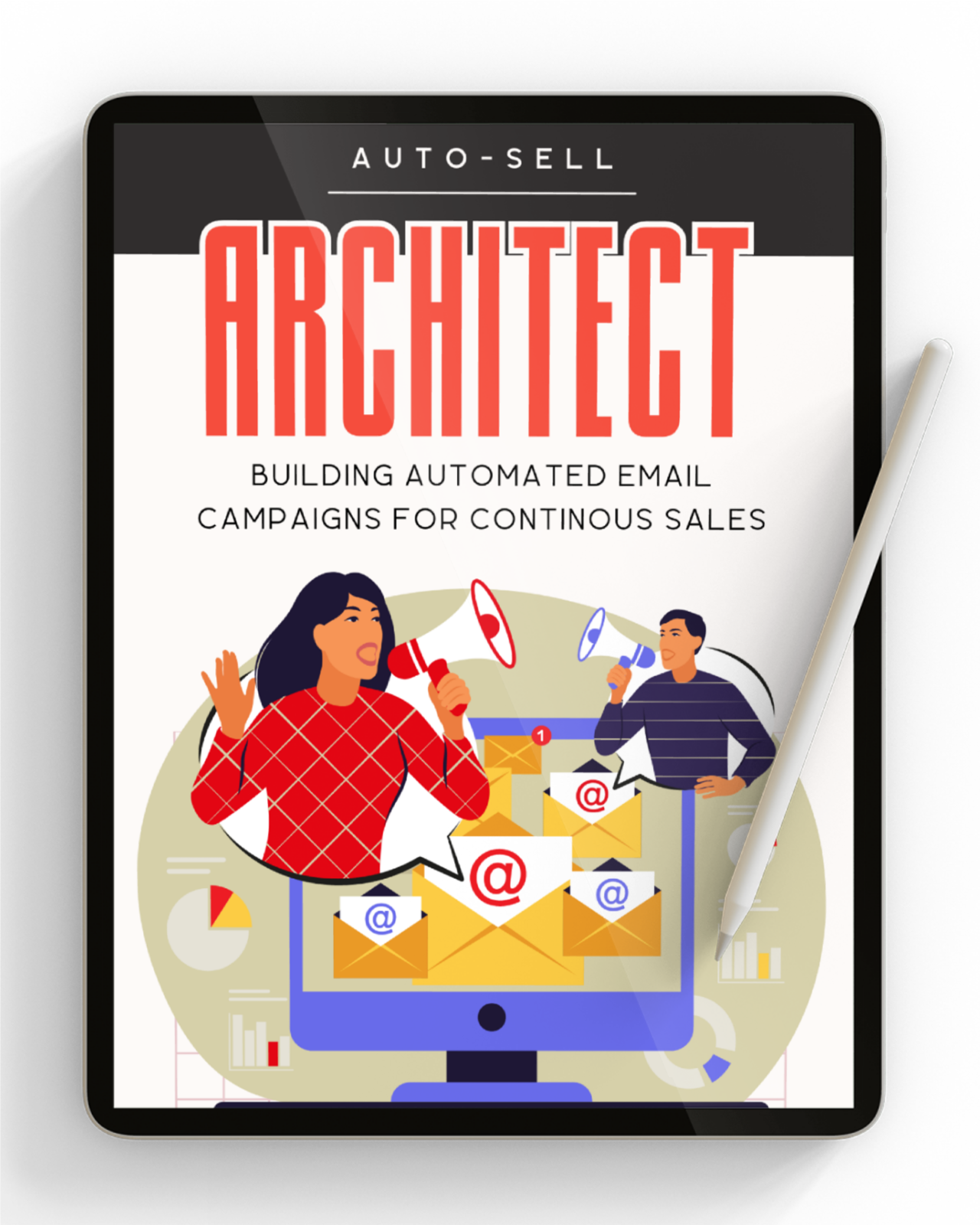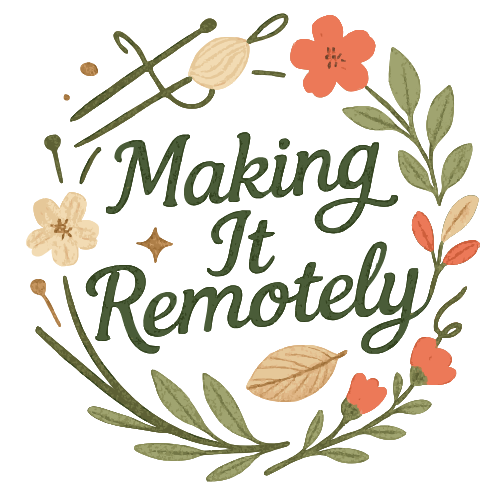In this post, we'll show you how to sell using a process that's simple to set up and maintain. This process helps to reduce or eliminate the fear and hassle of starting an online business. The goal is to help you get started while removing the myths and stigmas that surround selling online.
Starting an online business should be exciting, and not a long drawn out process that delays your ability to actually start selling. To sell, you will need a platform with an easy content creation process and check out process,
We know that for many new entrepreneurs, the start up process can feel overwhelming. Conventional selling platforms typically require a long drawn out process, with so many choices and time to set up, or more before you can actually start selling.
For example, one important question is, should you start with a marketplace like Etsy, or should you create your own platform?
We will show you an easy way to set up your own platform, versus relying on a platform like Etsy that gives control of your business to a third party.
This method also removes the complexities of setting up an entire eCommerce store or blog, which can take a lot of time.
Why Sell from Your Own Platform Instead of a Marketplace?
Many entrepreneurs are drawn to platforms like Etsy because they offer an existing audience and an easy setup process.
While you might want to use Etsy as an additional place to post your products. But you don't want to totally rely on a third party to run your business.
However, there are several drawbacks to relying solely on a third-party marketplace. Here’s why selling from your own landing page is a better alternative:
1. Full Control Over Your Business
When you sell through a marketplace, you are at the mercy of their policies, algorithms, and fee structures. Etsy, for example, has increased its seller fees multiple times, cutting into profits. Additionally, they can suspend or shut down your shop at any time, putting your income at risk.
With your own landing page, you have full control over pricing, branding, and marketing. You decide how to present your products and which promotions to run, without interference from a third-party platform.

Start a WordPress Blog
Create a sales and marketing system that works 24/7 to convert visitors into engaged customers.
2. No Competing Sellers on Your Page
Marketplaces are crowded with competitors. When a customer browses your product on Etsy, they are likely to see suggestions for similar items from other sellers. This increases the risk of losing potential buyers.
A landing page, on the other hand, keeps customers focused solely on your offer. No distractions, no competition—just your product and a clear call to action.
3. Lower Fees and More Profit
Marketplaces charge listing fees, transaction fees, and payment processing fees, which can quickly eat into your profits. By selling from your own landing page, you only pay Stripe’s standard payment processing fees, allowing you to keep more of your earnings.
4. Build Your Own Customer List
One of the biggest disadvantages of selling on marketplaces like Etsy is that you don’t own your customer data. This means you can’t directly market to current or past buyers or build long-term customer relationships.
This is huge... without customers, you don't have a business. You need a landing page platform that allows you to build an audience of people who can not only buy from you once, but those repeat customers who also tell their friends an family about you.
When selling from your own platform, you can collect email addresses and stay in touch with customers through email marketing. This helps drive repeat sales and brand loyalty.
5. Scalability and Branding Opportunities
A landing page allows you to design a unique brand experience that reflects your business. You can add custom branding, testimonials, and lead magnets to attract and retain customers. Unlike a marketplace, where branding options are limited, your landing page gives you the flexibility to grow and evolve your business over time.
How to Sell Anything Quickly
To maximize sales and conversions on your landing page, follow these five essential tips:
1. Know Your Niche and Target Audience
If you don't know who you're selling to, you'll have a hard time selling. You won't know what to say on your landing page, on social media or in any other form of advertising you use to sell your products. It's important to know what niche matches the products you want to sell.
Start by asking "Who would need, and be most likely to buy my product", What problems does my product solve? Describe this information in as much detail as possible.
2. Create Urgency and Scarcity
People are more likely to act fast when they feel they might miss out. Use limited-time offers, countdown timers, or scarcity tactics like “Only 5 left in stock!” to encourage immediate purchases.
3. Simplify the Buying Process
Remove friction from the sales process by offering an easy checkout experience. A direct payment option like a Stripe button on a landing page reduces steps and minimizes the chances of cart abandonment.
4. Use Social Proof
People trust other buyers' opinions. Include testimonials, customer reviews, or user-generated content showcasing your product in action. If possible, add trust signals like “Over 1,000 sold” or “Featured in [reputable source].”
5. Leverage Fast Traffic Sources
To get quick sales, drive immediate traffic to your landing page using paid ads (Facebook, Instagram, Google), influencer collaborations, or an email blast to an engaged audience.
How to Set Up a Landing Page
Now that you understand the benefits of selling from your own platform, let’s walk through how to quickly set up a landing page with a Stripe payment button.
Step 1: Choose a Landing Page Builder
You don’t need to be a web developer to create a professional-looking landing page. There are several easy-to-use landing page builders that integrate with Stripe, including:
- Carrd – Build up to three simple sites for single-product pages.
- Canva – If you have a Canva account (and who doesn't these days) use your existing account to create a landing page.
- Systeme.io – An all-in-one solution for sales funnels and email marketing.
- WordPress + Thrive Architect – Ideal if you want an affordable WordPress solution that will grow with your company. This is what we've used to build this site.
Choose a platform that fits your needs and budget.
Step 2: Write High-Converting Copy
Your landing page should be simple and conversion focused. Here’s what to include:
- Headline: A clear, attention grabbing, compelling statement about your offer that is SEO optimized for keywords that will help potential customers find you.
- Product Description: Focus on the benefits (what's in it for your customers) and explain the features of your product or service.
- Images or Video: High-quality visuals that showcase your product.
- Testimonials: As people buy your products follow up by asking them to provide a review or testimonial. Once you have a few, post them on your landing page to provide social proof that your products are actually helping people.
- Call to Action (CTA): A button that clearly encourages visitors to buy now.
You might consider studying landing pages of companies that sell similar products to get ideas.
Step 3: Set Up a Stripe Account
Stripe is a secure and reliable payment processor that allows you to accept credit card payments without the need for a full eCommerce store. For details watch our video that walks you through the process.
- Go to Stripe.com and sign up for an account.
- Complete the setup by entering your business details and bank account information.
- Once your account is active, navigate to “Payment Links” and create a new payment link.
Automate Your Email Campaigns
This 62 page printable workbook will walk you through setting up email campaigns that will sell for you on auto-pilot, allowing you to handle other aspects of your life. It's a great way to connect with more of your target audience without sitting in front of a computer all day.

Step 4: Add a Stripe Payment Button to Your Landing Page
Most landing page builders allow you to add a Stripe button easily. Here’s how:
- For Carrd: Use the “Buy Button” element and connect it to your Stripe link.
- For Leadpages: Embed the Stripe payment form using an HTML block.
- For WordPress: Use the “Simple Payment” button from the Stripe plugin.
Test the button to ensure that payments process correctly.
Step 5: Optimize Your Page for Mobile and SEO
Since many users shop from their phones, make sure your landing page is mobile-friendly. Check for:
- Fast loading speed
- Easy navigation
- Readable text and buttons
For SEO, use relevant keywords in your headlines and descriptions to help your landing page rank in search results.
How to Sell Using Your Landing Page
Once your landing page is live, you'll need to drive traffic to it. Here are some effective promotion strategies:
- Email Marketing: Send an email campaign to your list that leads subscribers back to your site. Create scarcity, curiosity and use the fear of missing out to drive people to your landing page.
- Promote Benefits: When promoting it's important to create several different methods like conventional videos, audio, images, video shorts, and blog posts that highlight the benefits your customers will receive when they buy your product.
- Social Media: Share the benefits on Instagram, Facebook, and Pinterest and lead followers to your landing page.
- Paid Ads: Use Facebook or Google Ads to reach targeted customers.
- Collaborations: Partner with influencers or bloggers in your niche that compliment (versus compete) your offer.
- SEO: Perform keyword research so that you can optimize your landing page to rank for search queries, making your page easier to find.
Track Performance and Optimize
Use tools like Google Analytics or your Stripe Dashboard to track your sales and conversion rates. If your page isn’t converting well, test different headlines, images, or pricing strategies with tools like Thrive Optimize.
Subscribe to Our YouTube Channel
We're helping creative business owners go from stuck and confused to empowered and thriving one video at a time.


